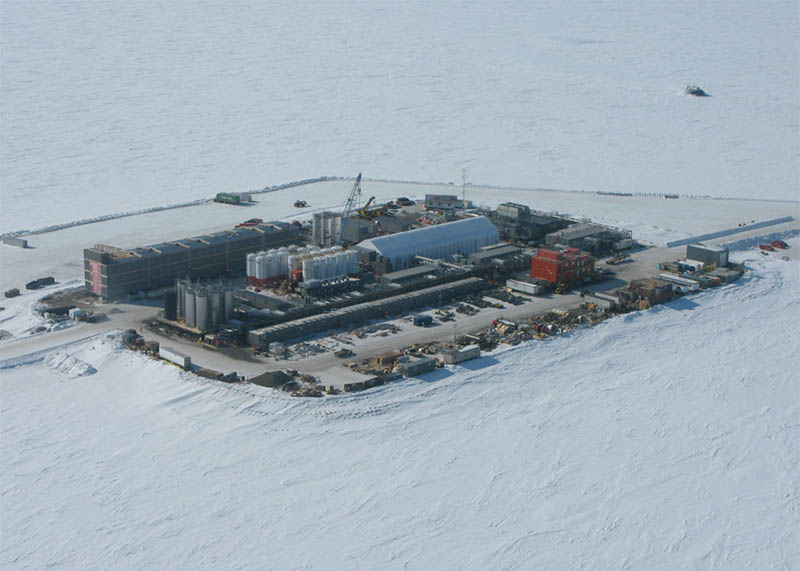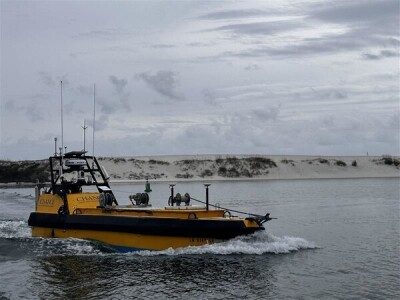Eni US Operating Co. Inc. won conditional government approval for its plan to drill four exploration wells off Alaska in the Beaufort Sea. The Bureau of Ocean Energy Management decision marks a first move under President Trump to roll back the Obama administration’s attempt to curtail Arctic oil exploration.
The company, a subsidiary of Italian oil and gas multinational Eni SpA., holds a federal lease in the Beaufort Sea that pre-dates the Obama order that blocked new leasing there and in the Chukchi Sea. Eni already occupies the Spy Island drill site and camp in Alaska state waters, and will drill its holes from there staring in December, according to a BOEM statement.
“Eni brought to us a solid, well-considered plan,” said Walter Cruickshank, acting director of BOEM. “We know there are vast oil and gas resources under the Beaufort Sea, and we look forward to working with Eni in their efforts to tap into this energy potential.

Eni federal leases in the Beaufort Sea. BOEM image.
The exploratory permit comes after an environmental assessment and public comments from Alaska Native, industry and environmental groups. Eni still must obtain other permits from state and federal agencies, including drilling permits to drill from the the Department of Interior’s Bureau of Safety and Environmental Enforcement. If Eni does find oil, it will need to go back to BOEM for a development and production plan (DPP).
Spy Island is one of four oil-and gas-producing artificial islands in the Beaufort Sea, along with Northstar, Endicott and Oooguruk islands. The construction of a fifth island has been proposed in a DPP submitted by Hilcorp Alaska LLC, now under review by federal agencies.
While other companies have backed off Arctic exploration, there has still been some interest in finding more easily recoverable reserves closer to the Alaskan shoreline.
Eni owns 40% of the 13 leases covered in its plan. Partners are Royal Dutch Shell Plc, which also has a 40% share, and Spain’s Repsol SA, which owns the remaining 20%. Federal officials in February approved Eni’s request to consolidate the leases as a single unit. That could make it easier to keep all the lease tracts open after drilling begins.





.png.small.400x400.png)